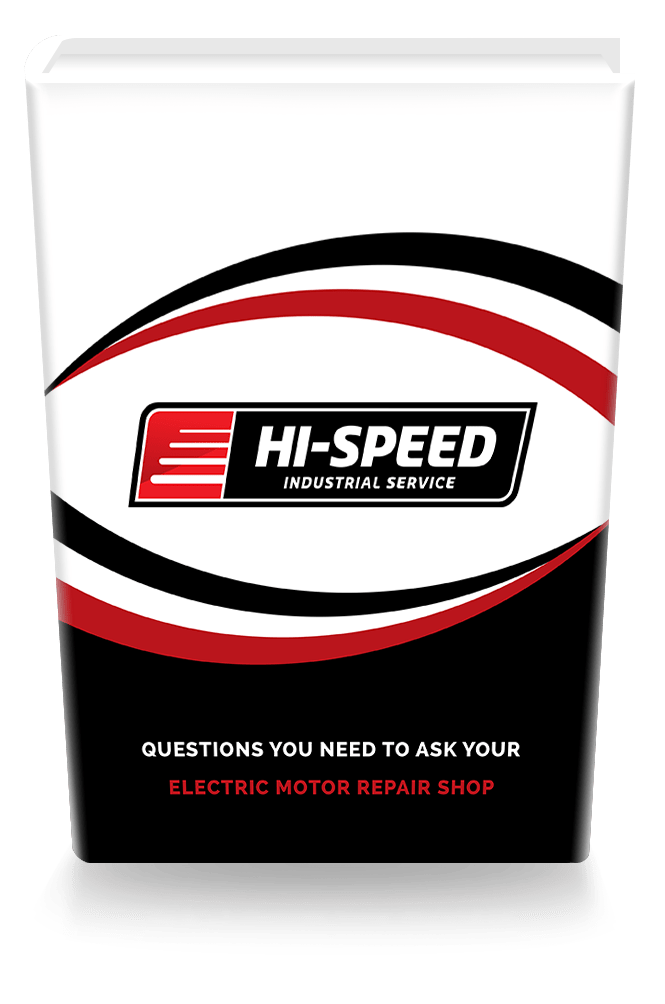Questions You Need to Ask Your Electric Motor Repair Shop
Whether your motors keep critical powertrains running or overhead cranes lifting, choosing an electric repair shop is one of the most important decisions you may have to make for your facility. When a motor goes down, you’ve got to deal with expensive downtime and repair costs–even if you have a spare motor ready to drop in. If you don’t have a spare motor ready, things are even worse.
But there’s more to it than that. If your motors are repeatedly going down, you’ve got a bigger problem. A cycle of failure will impact your productivity, repair budget, and even your reputation.
In this eBook, you will learn what answers to expect from a Electric Motor Repair Shop after asking the following questions:
- Do you want a Fast Repair or a Reliable Repair?
- Can You Perform Repair and Rebuild to My Specifications?
- What Types of Services Do You Offer?
- Do You Have the Facilities and Equipment for My Largest Motors?
- Will My Motor Be Inspected Before It Is Returned?
- Do You Provide On-Site and Emergency Service?
- What Level of Industry Experience Does Your Staff Have?
- Are You an EASA Accredited Service Center?


